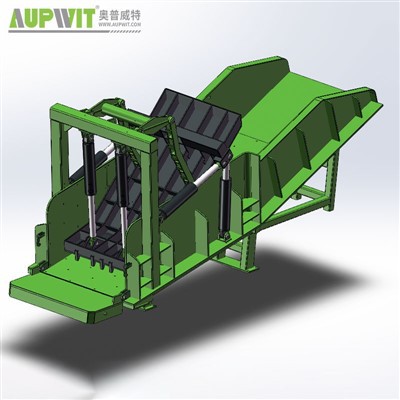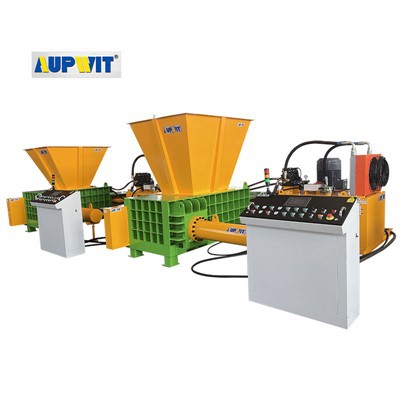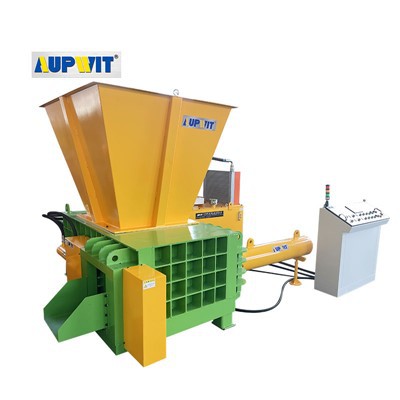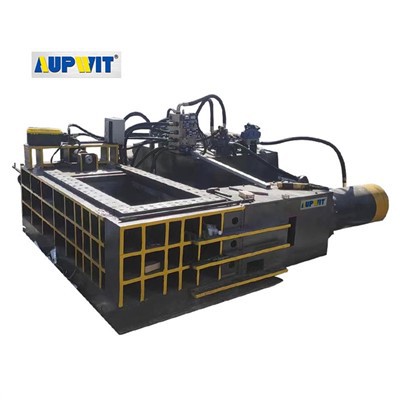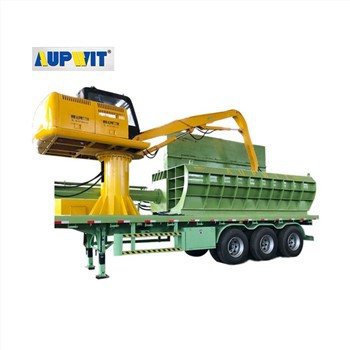Tire Baling Process Optimization
1 Standardize the Feeding Process
Establish a consistent feeding routine to ensure smooth material flow into the baling machine. Sort tires by size and condition before feeding to prevent uneven compression or jams. Ensure tires are free of foreign objects like rocks or metal debris that could disrupt operation. Maintain a steady feeding rate that matches the machine's processing capacity, avoiding overloading which can cause delays or mechanical strain. Proper alignment of tires during feeding helps the compression mechanism work efficiently.
2 Optimize Machine Settings
Adjust key operational parameters to match the type of tires being processed. Fine-tune compression pressure and cycle timing based on tire thickness and elasticity, ensuring optimal bale density without unnecessary energy use. Calibrate the binding system to apply appropriate tension, securing bales firmly while avoiding excessive material waste. Regularly review and update settings based on feedback from operators to balance speed and bale quality effectively.
3 Implement Preventive Maintenance
Schedule regular maintenance checks to keep all components in good working order. Lubricate moving parts as recommended to reduce friction and wear, ensuring smooth operation. Inspect hydraulic systems for leaks and ensure proper fluid levels to maintain consistent pressure. Clean sensors and control panels to prevent misreadings that could interrupt the workflow. Address minor issues promptly before they escalate into major breakdowns that halt production.
4 Organize Workflow Scheduling
Plan work intervals to maximize efficiency while allowing for necessary rest periods for both the machine and operators. Coordinate feeding and bale removal activities to minimize downtime between cycles. Group similar tire types for consecutive processing to reduce the need for frequent setting adjustments. Allocate time for routine inspections during less busy periods to avoid disrupting peak production hours.
5 Enhance Operator Training
Provide comprehensive training to ensure operators understand optimal machine operation. Teach them to recognize early signs of inefficiency, such as unusual noises or uneven bales, and respond appropriately. Train staff on proper feeding techniques and quick troubleshooting for minor issues, reducing reliance on external support. Encourage operators to share feedback on workflow challenges, using their insights to refine processes and improve overall efficiency. Regular refresher training helps maintain consistent performance standards.


